Tensions in [Region] have surged again as recent developments threaten to tip the fragile balance toward full-blown conflict. New military activity, harsh rhetoric, and mounting civilian suffering have drawn international attention and sparked urgent diplomatic maneuvering.
Military Moves and Confrontations
In the last 48 hours, reports have emerged of intensified operations in contested zones. Forces aligned with the [Governing Side A] stepped up aerial patrols over border areas, while ground units were redeployed nearer to vulnerable localities. In response, [Side B / opposition / insurgent] groups activated defensive positions and claimed to have intercepted supply convoys.
Residents in the border towns report hearing heavy artillery fire and seeing smoke plumes in the distance. Local hospitals say they have readied emergency wards, anticipating a potential surge in casualties. Power cuts — already intermittent — have worsened as damage to utility lines accelerates.
Civilians Bear the Brunt
As conflict zones expand, civilians are once again caught in the crossfire. Refugees from suddenly exposed villages are packing into makeshift shelters. Some have traveled dozens of kilometers over rugged terrain to escape shelling, carrying few belongings and few assurances of safety.
Aid workers warn of increasing shortages in food, clean water, and medical supplies. Mobile clinics are stretched to the limit. In one shelter, a mother held her crying infant while scouring for a clean sheet — the shelter operates without heating, and temperatures at night drop sharply.
Diplomatic Alarm and Mediation Attempts
International actors have swiftly urged restraint. Envoys from regional powers are convening behind closed doors, attempting to broker a ceasefire and prevent escalation. Meanwhile, the United Nations has called for an immediate de-escalation and open humanitarian corridors to deliver relief to besieged areas.
“No party stands to benefit from full-scale war,” said a diplomat who asked to remain anonymous. “But unless talks begin now, cycles of retaliatory violence may become inevitable.”
Other states have offered to host peace talks or monitor compliance, but parties on both sides remain wary of mediation proposals.
Strategic Stakes and Internal Pressure
For [Side A], the escalation is tied to both domestic political pressure and strategic posturing toward rivals. Its leadership faces criticism for perceived weakness and is now adopting a more aggressive posture to show resolve at home.
For [Side B], the conflict is tied to survival, autonomy claims, and symbolic resistance. The leadership is under pressure from constituents to respond forcefully. Hesitation could be seen as capitulation.
Yet both sides face profound constraints. International scrutiny limits the degree of overt aggression; supply chains are fragile; and neither command unquestioned public support should the costs — economic, human, political — worsen.
What Happens Next?
The coming days are critical. If diplomacy fails, both sides may escalate in earnest, risking major urban conflict, protracted standoffs, and regional spillover. If talks succeed, limited ceasefires may allow humanitarian aid to flow and open pathways for broader negotiations.
Observers stress that any ceasefire must be accompanied by strong guarantees, monitoring mechanisms, and commitments to rebuild — otherwise, the cycle of violence may restart once the immediate calm returns.
In the meantime, the people in affected towns live in uncertainty — waiting, hoping, trying to prepare for whatever comes next.

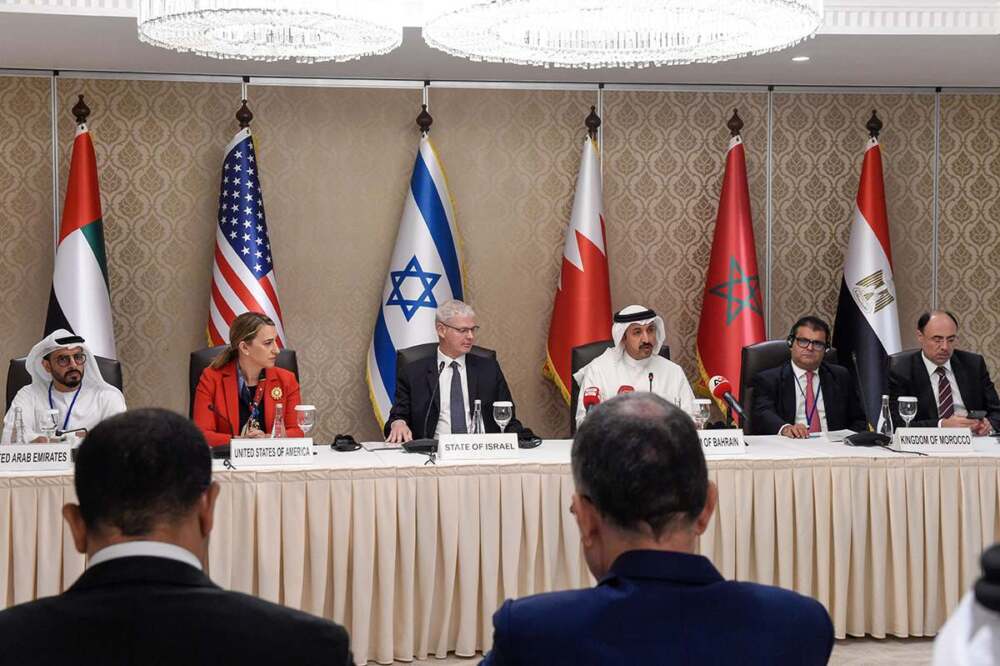
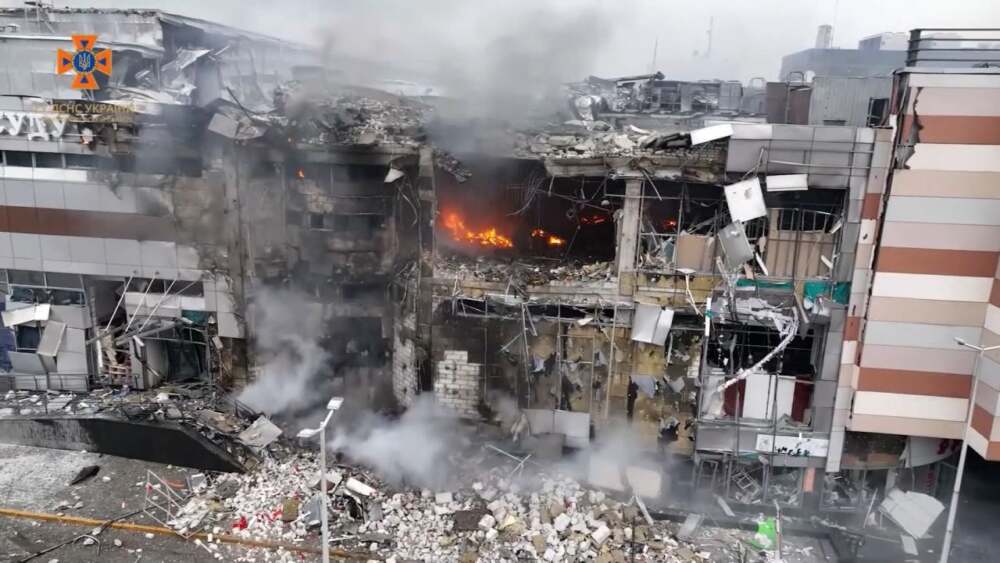
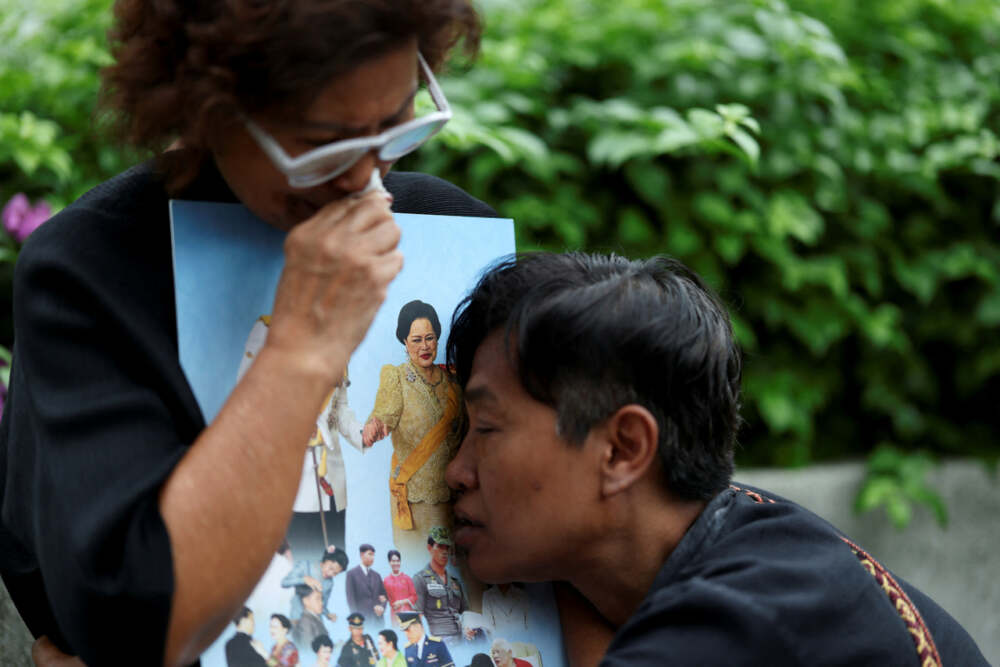

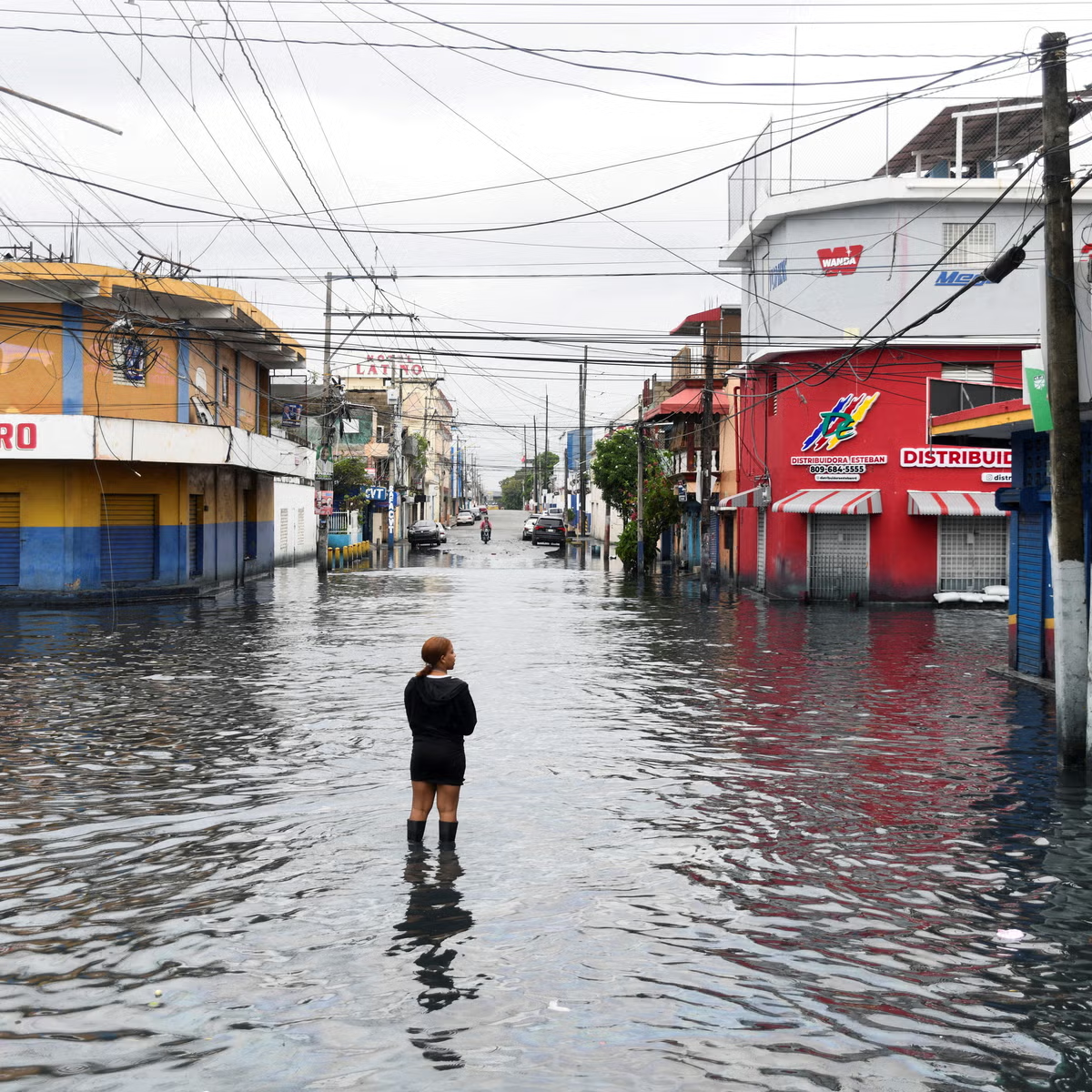
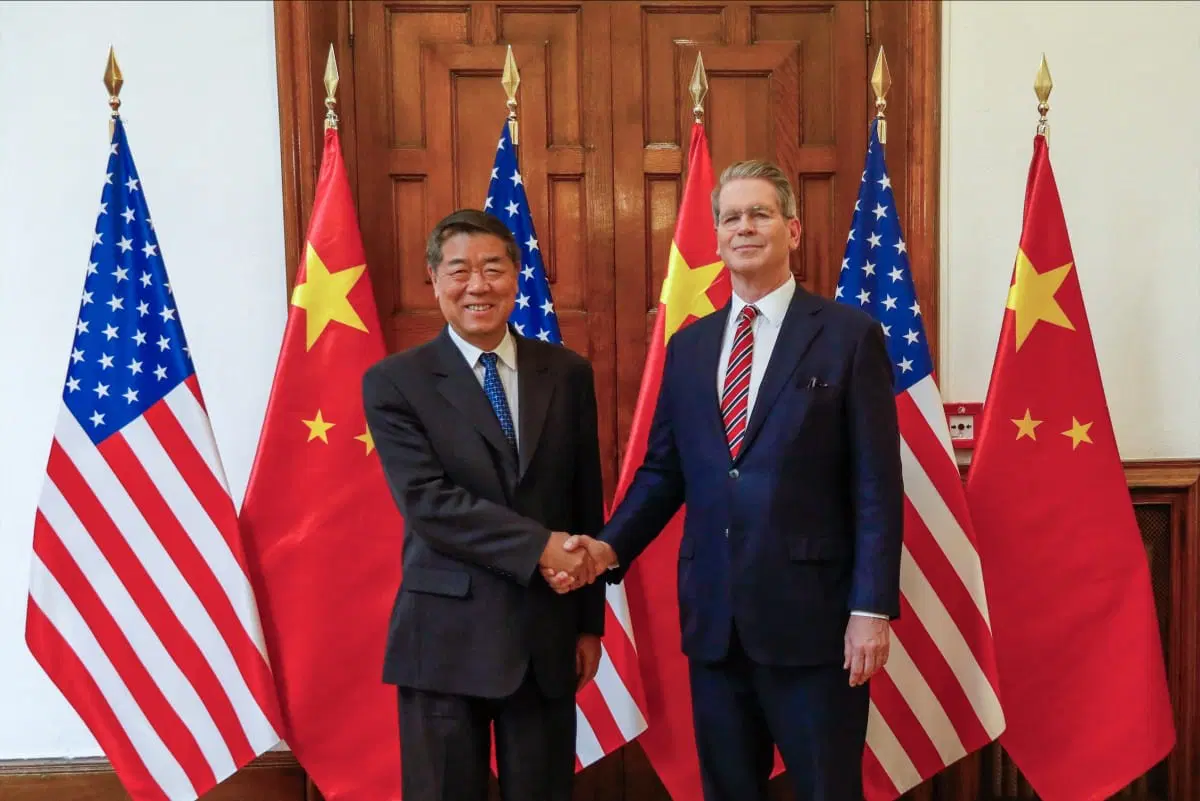
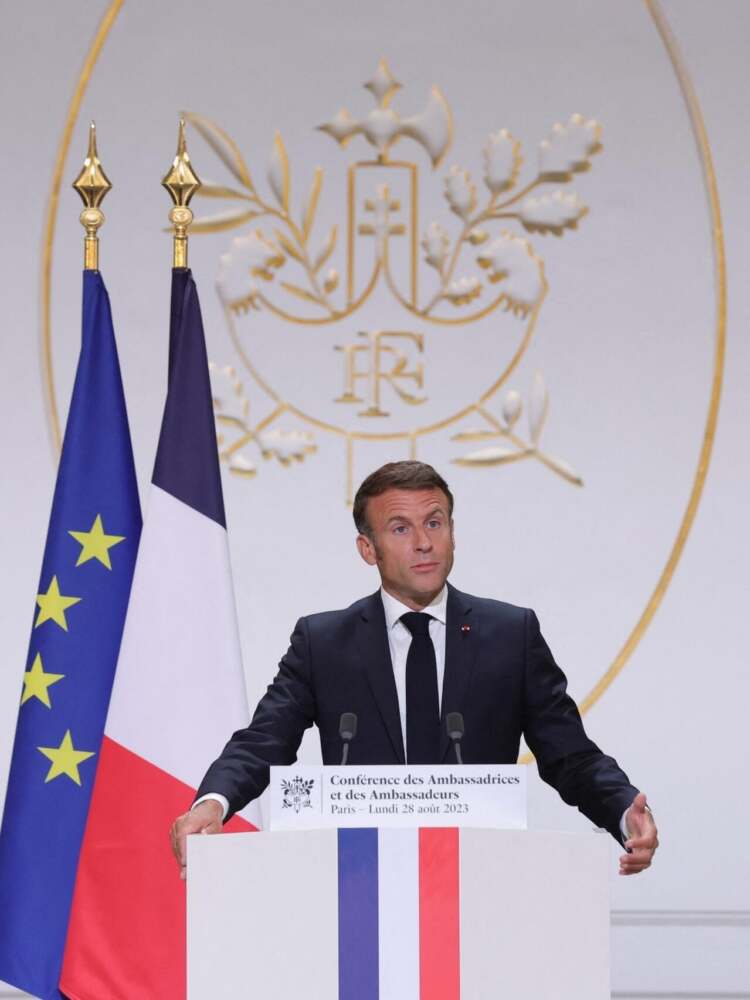
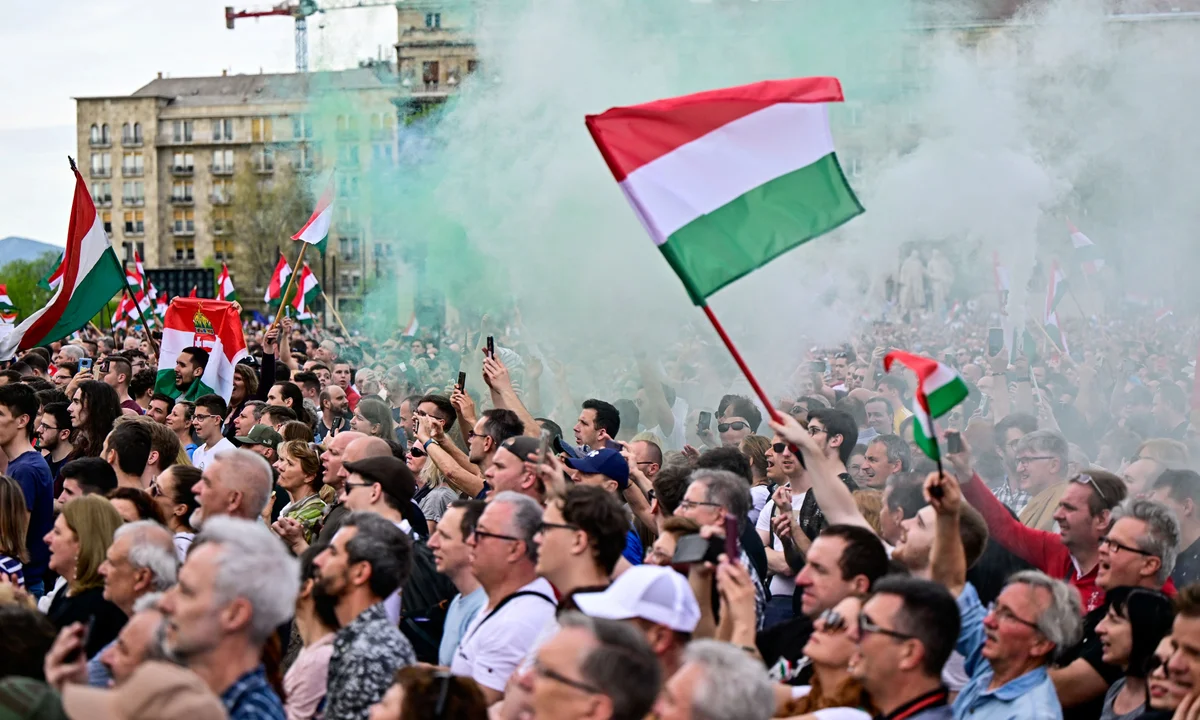
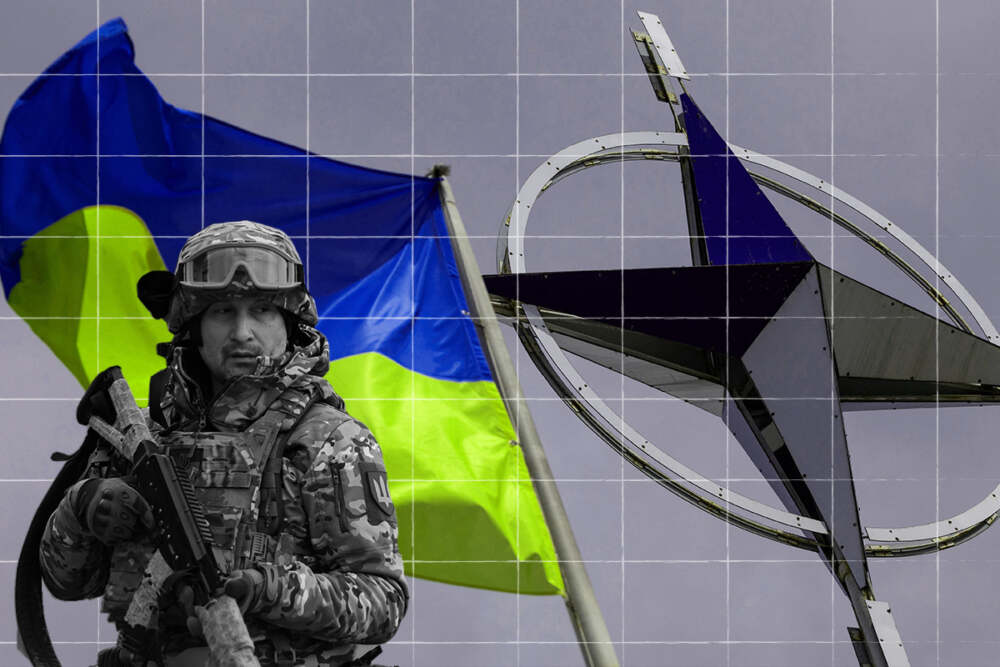
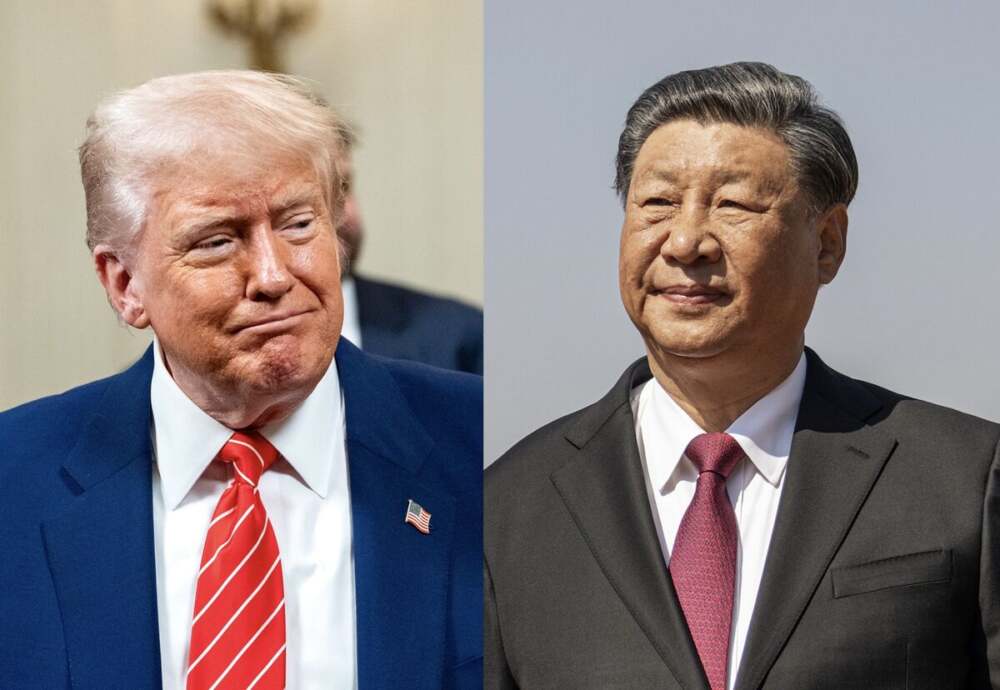





Leave a Reply